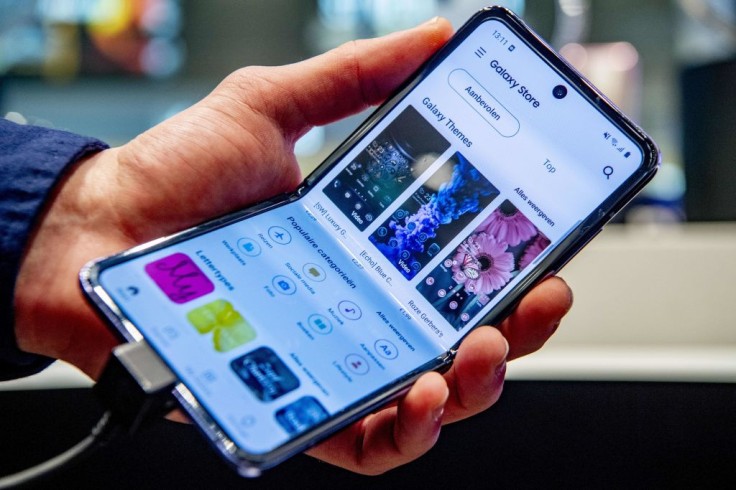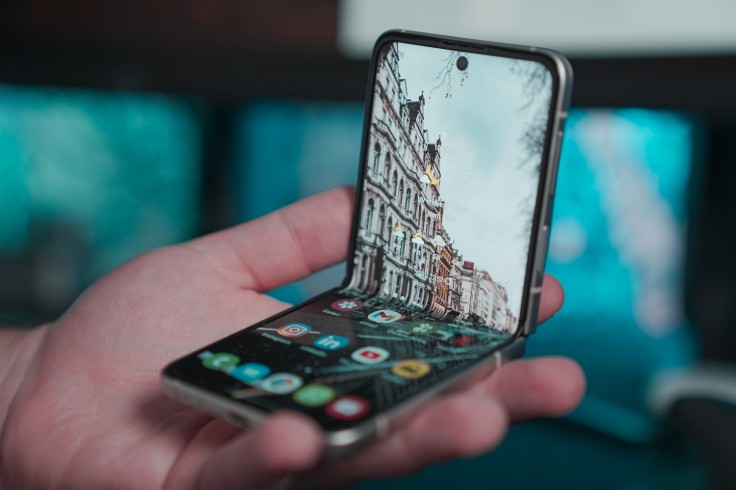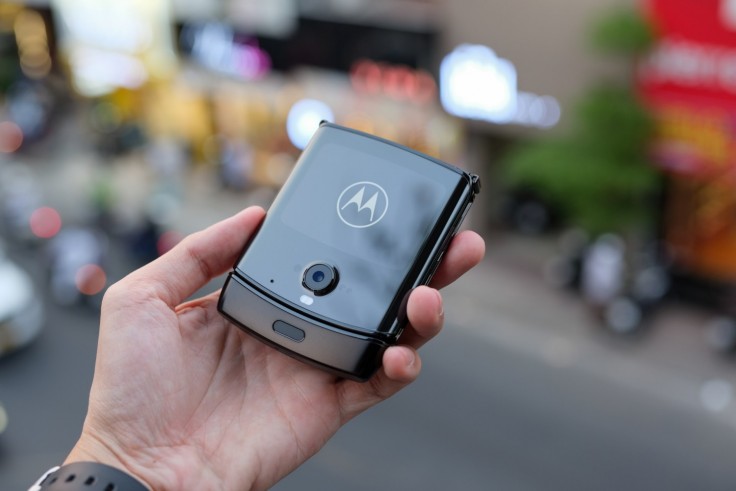Some Gen Z may not know it but guess what? Flip phones are actually older than they are. Regardless of age, flip phones have evolved significantly from designs to features. These iconic devices have made their way to timeless movies and have given a statement during its peak.
Whether it's nostalgia or just plain design preference, flip phones remain a good option to try in the vast world of smartphones today. Let's take a trip down memory lane and see how flip phones work then and now.
Read Also : Samsung Set to Launch its Game Streaming Service
Aesthetics

The first flip phones were introduced by Motorola in 1996. The StarTAC's design looks similar to a telephone and was primarily popular with college students. The early flip phones boasted a basic clamshell design with a small screen that showed the caller ID and basic notifications. Moreover, it only projected limited color and resolution.
In 2020, Samsung revived the flip phone trend by introducing its Z Flip. While the current flip phones are still in their clamshell design, they are often accompanied by larger displays, often with AMOLED technology. Usually, it features an outside screen which is used for accessing notifications while the inside screen is a full-screen touch-sensitive.
Operating System
Back in the day, the main selling point of phones is their ability to make calls and send texts. Gradually, the phone operators managed to provide some entertainment by adding some basic games and applications. In the mid-2000s multimedia messaging was introduced to the world which allowed users to send and receive multimedia content but at a certain cost.
These days, modern flip phones can run a variety of applications, services, navigation, social media, and productivity tools. Moreover, it can also handle mobile gaming depending on its capability. Smart flip phones usually run on Android or custom-built Android.
Camera

The very first flip phone had no camera at all, considering that its main function did not require people to take photos using their phones before. Once they launched a flip phone with a camera, it was basic and only capable of capturing in a low resolution making the photos look grainy, but then who cares before, right?
Today, one of the most important factors in buying a phone (not only flip phones) is the camera quality that it offers. It should be able to have multiple lenses, high megapixels, and advanced features that can enhance the photo and video quality. What makes flip phones unique right now is that you can even snap a photo while your phone is closed. How cool, right?
Connectivity
Phones back then were usually supported by 2G or 2.5G networks. Again, this was way back internet became a big thing. Besides, most people would rather use their computers back at home to browse the web. Little did they know that in the future, phones would be able to do it too.
Currently, most phones are supported by 4G while the latest models come with 5G network connectivity. These are perfect as we are in a generation that does a lot of internet browsing and social media checking. Of course, this also includes Wi-Fi, Bluetooth, and NFC connectivity.
Battery Life

Since its function was very limited back then, phones can actually last up to several days on a single charge. Today, the battery life on modern flip phones varies from model to model. However, it is still decent considering the amount of work that it can do. Moreover, it can also run various applications all at the same time which affects its battery life each day.
Related Article : 5 Things to Look Out For When Buying a New Phone









